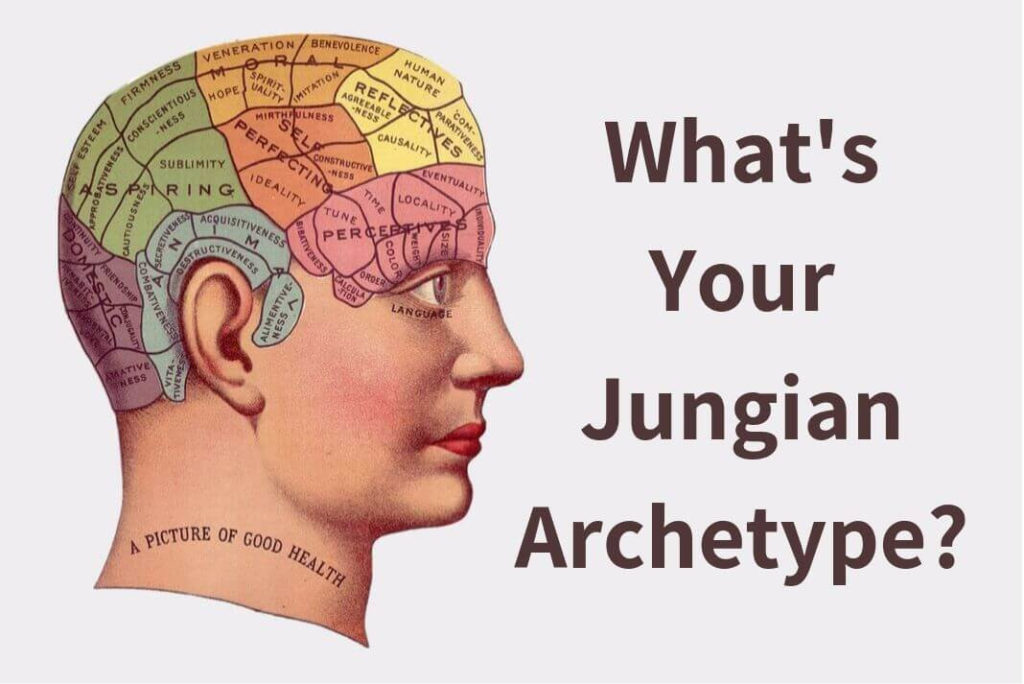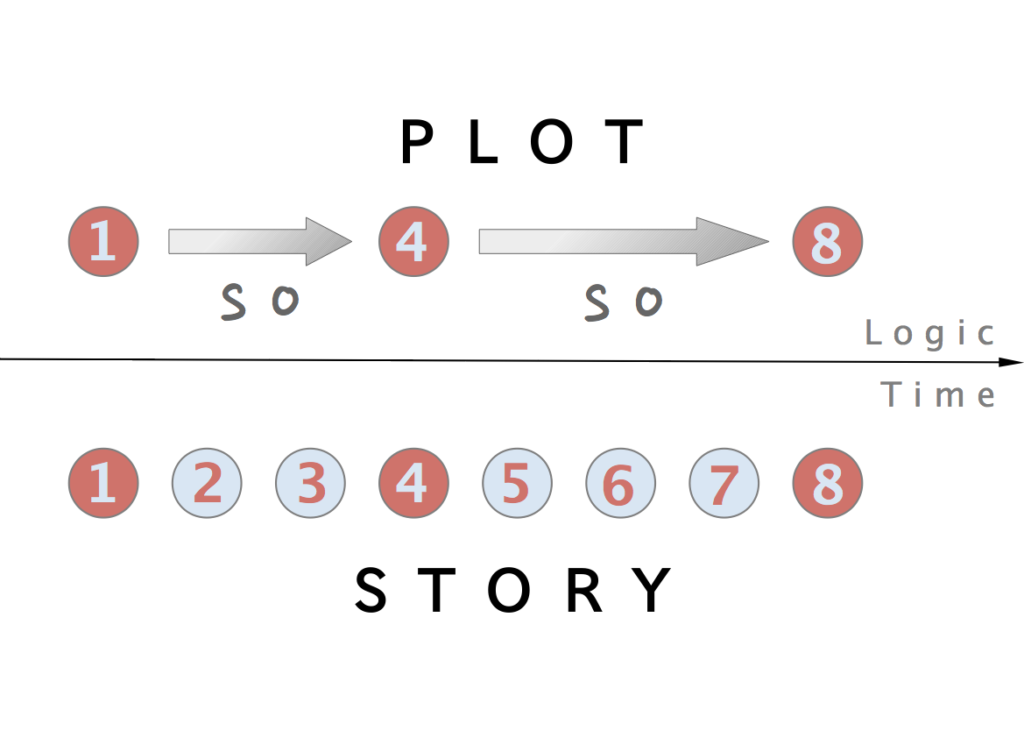I was reviewing some literature lately that referred briefly to some traditional Dominant/submissive “archetypes”. The ones mentioned included: Teacher (or Professor)/Student (or Intern), Parent/Child, Captor/Prisoner, and Doctor/Patient. That caused me to think about Narratives, my eight part blog series posted here from 12/19/18 – 7/27/19.

Power/authority
Archetype is a great word. I think of synonyms like “prime example”, “original and defining form”, or “quintessential”. The D/s archetypes above are prime or defining examples of their kind. What kind is that? Heavily skewed power or authority relationships.

Forever Jung
Archetype meant something a lot more to Carl Jung, or he wouldn’t have devised 35+ of them, these “primordial, structural elements of the human psyche*.” From Man And His Symbols: “The archetype is a tendency to form such representations of a motif—representations that can vary a great deal in detail without losing their basic pattern.”
Here I believe Jung was underscoring something so important to erotic dynamics in a relationship — change. That dynamic must believe itself to be creating a culture of change and growth, of openness to possibility. Archetypes are not meant to be fixed things, as if they were copyrighted.

Erotic archetypes
Erotic archetypes express power in relationships that reach across most if not all societies, e.g. parents, teachers, doctors and more. This paralells Jung’s concept of collective consciousness. Eroticism turns these common relationships on their head, bringing transgression, taboo and many more narratives into the mix.

Narrative drive
Simply put, narrative is the key source material for archetypes. Archetypes express narratives, giving them shape and form. They are the characters in the story, but they are not the narrative. I hope this is helpful for those seeking to further frame and develop their favored erotic narratives – and archetypes.
*Sharp, Daryl. Jung Lexicon: A Primer of Terms & Concepts. (pp 109 – 110). Inner City Books, Toronto, 1991. ISBN 0-919123-48-1
